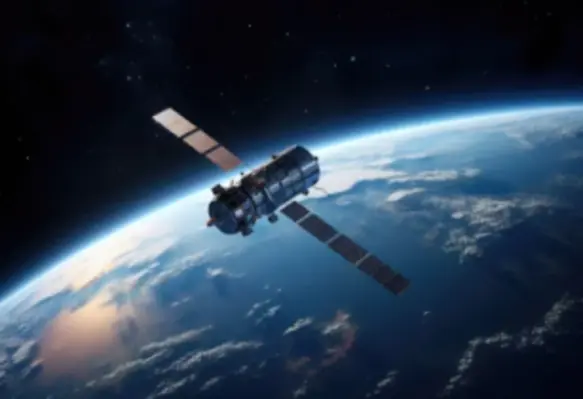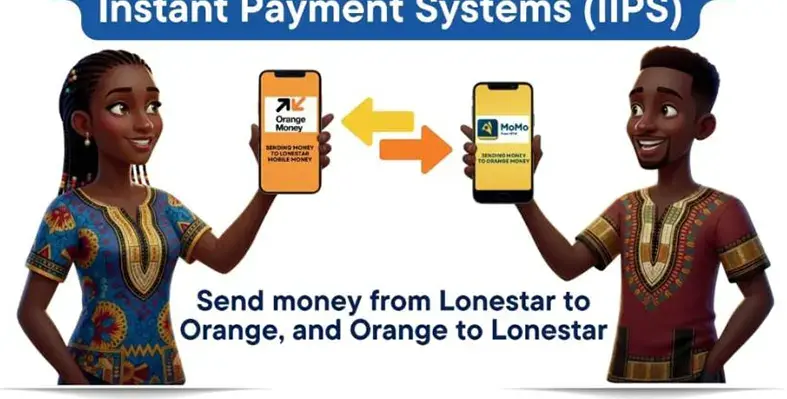MTN Group has partnered with satellite communication companies, including OneWeb, Starlink, Lynk Global, and AST SpaceMobile, to increase Internet connectivity in Africas rural areas
The tech giant is exploring Low Earth Orbit (LEO) trials, which could completely change how distant parts of Africa receive telecommunications by testing standard and direct-to-device satellite services.
The company plans to conduct pilots with Lynk Global in Ghana and South Africa, negotiate tests with AST SpaceMobile in Nigeria and South Sudan, and conduct enterprise-focused trials with Starlink in Rwanda and Nigeria.
The Low Earth Orbit (LEO) trials evaluate the feasibility and benefits of several satellite broadband connectivity on the continent. This move could help the company surpass its target of 88% broadband population coverage in 2022 and reach 95% coverage by 2025 throughout its entire footprint. In the long run, it would achieve universal access.
MTN clarifies that its contracts with satellite service providers are based on a shared revenue model, even though each agreement is negotiated separately.
According to Mazen Mroué, chief technology and information officer of MTN Group, the company has focused on two "distinct yet complementary" LEO-based solutions for connectivity enhancement.
One of these approaches uses LEO satellites to provide MTN cellular sites with backhaul connectivity and "critical" fixed connectivity for enterprise customers. Mroué states that it is relevant in remote and rural locations because it offers a more economical and effective substitute.
The Kenyan telco said it would collaborate with AST SpaceMobile, a Starlink competitor, to offer this service.
In September 2023, Vodafone and Amazon’s low Earth orbit satellite constellation, Project Kuiper, collaborated to bring 4G and 5G services to more underserved customers in Europe and Africa via the latter's high-bandwidth, low-latency satellite network.
Vodacom, a subsidiary of Vodafone, announced that it would replace the need for fixed wireless or fibre-based connections by using high-bandwidth, low-latency satellites from Starlink’s rival, Project Kuiper, to connect mobile base stations in remote locations to its core networks.
What’s more, a third application that MTN is looking into is using satellites to link remote IoT devices to its network, and it has partnered with Omnispace, an American company.
“The companies will explore combining MTN’s terrestrial mobile networks with Omnispace’s non-terrestrial network, leveraging 3GPP standards to service consumer mobile and enterprise IoT services. We will also consider opportunities to work together in developing and growing an ecosystem of devices and software,” Mroué concluded.























